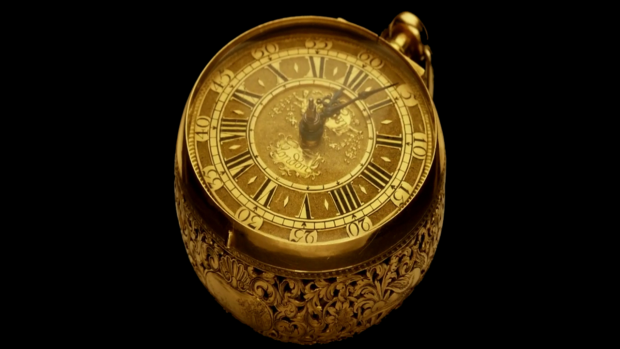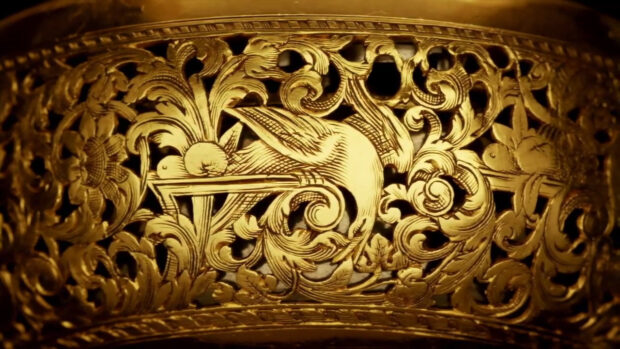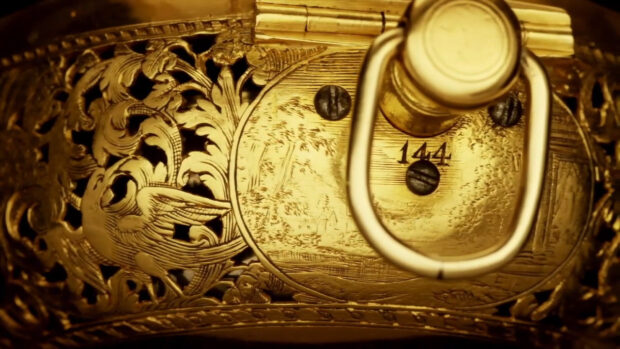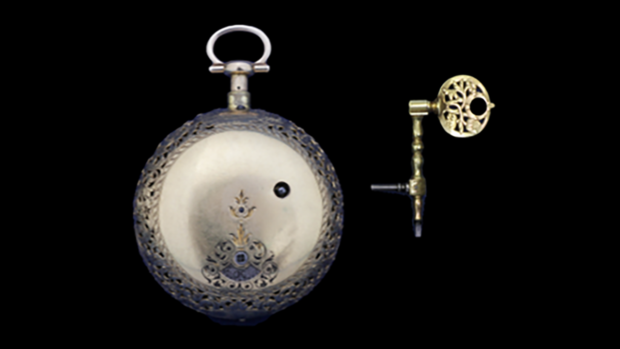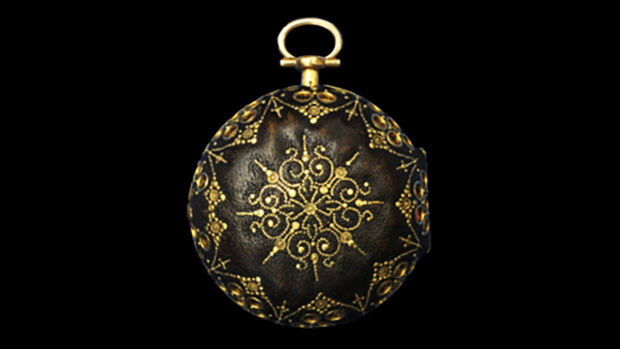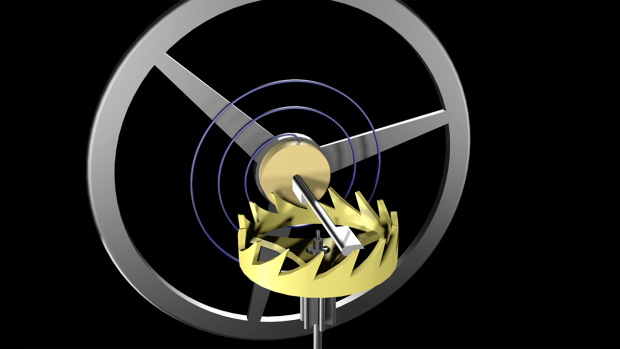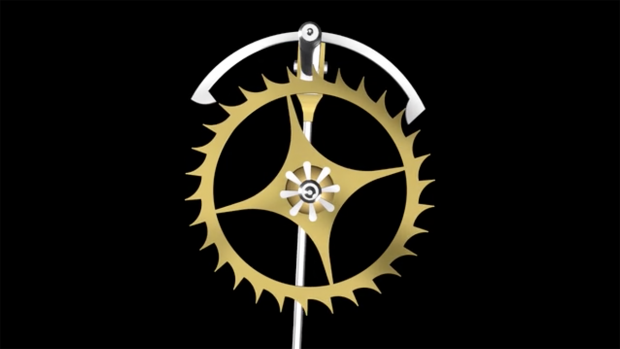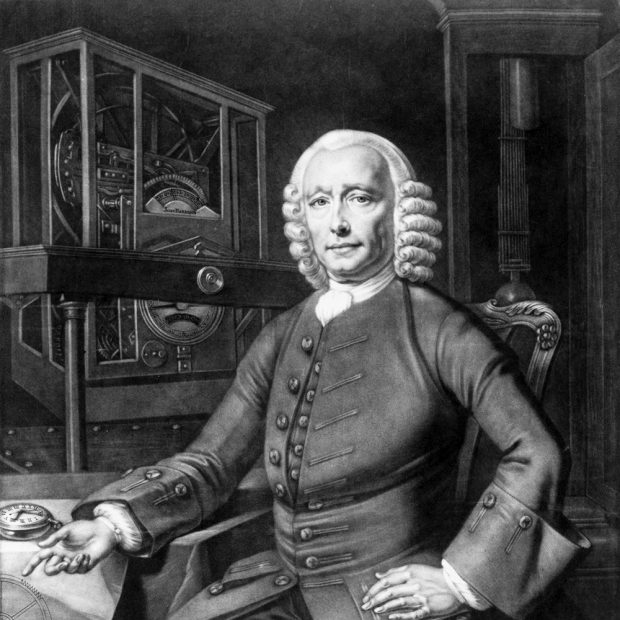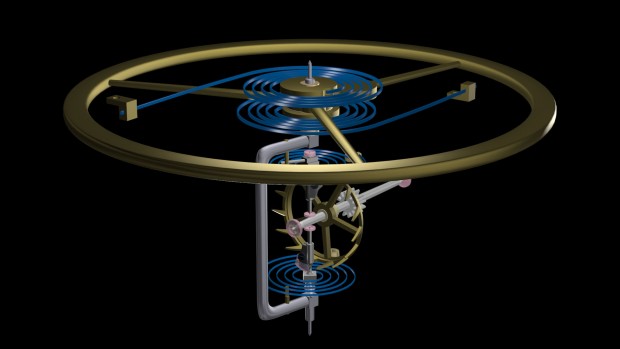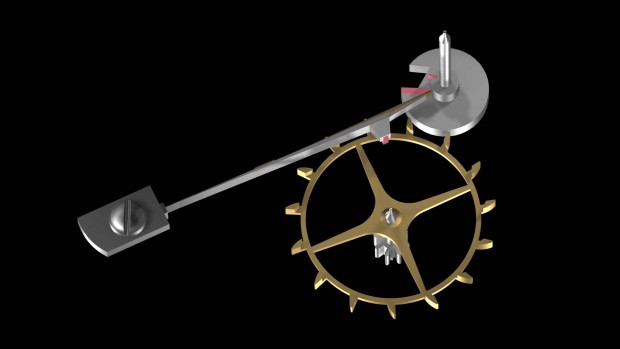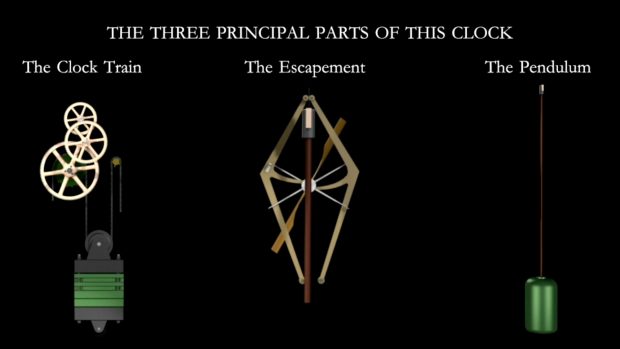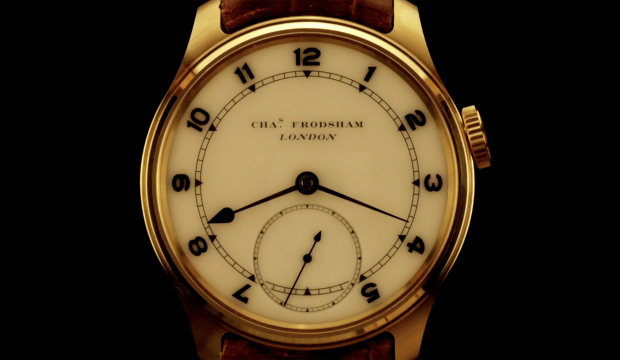Thomas Tompion: 1638 – 1713
The Father of English Clockmaking
The son of a blacksmith and initially a blacksmith himself, Tompion is often called the ‘Father of English Clockmaking’. This was due to both his fine craftsmanship and beautifully designed timepieces, incorporating not only his own inventions and developments but also the innovations of others. Many remain in good working order over 300 years later.
In the early years of the 17th century watches were inaccurate, and mostly worn as expensive ornament, but the technology was improving rapidly. Tompion was one of the first to employ balance springs in his watches, recognising their contribution to greater accuracy. The minute hand was introduced by the third quarter of the century and the ability to display accurate time in a portable manner led to the evolution of increasingly accurate and reliable pocket watches.
Tompion ran a successful business, his workshop producing some 5,500 watches and 650 clocks during his lifetime. He helped make English watch and clock making the envy of Europe. He died on 20 November 1713 and such was his reputation that he was buried in Westminster Abbey.
See also the Tic–Tac escapement which Tompion is thought to have invented.
Tompion 144
Watch No.144 is a gold quarter-repeating verge watch, just 45mm (1¾ inches) in diameter, made in 1697.
Its interest lies not only in its age and fine workmanship, but also in its innovative repeating mechanism. Such was the ingenuity and reliability of this design that Tompion incorporated a secret dual latch system to prevent anyone, except the maker, from being able to gain access to it and thus prevent copying.
It is this repeating mechanism that is shown in the video.

1905 sculpture of Thomas Tompion by Abraham Broadbent on the façade of the V&A Museum, London
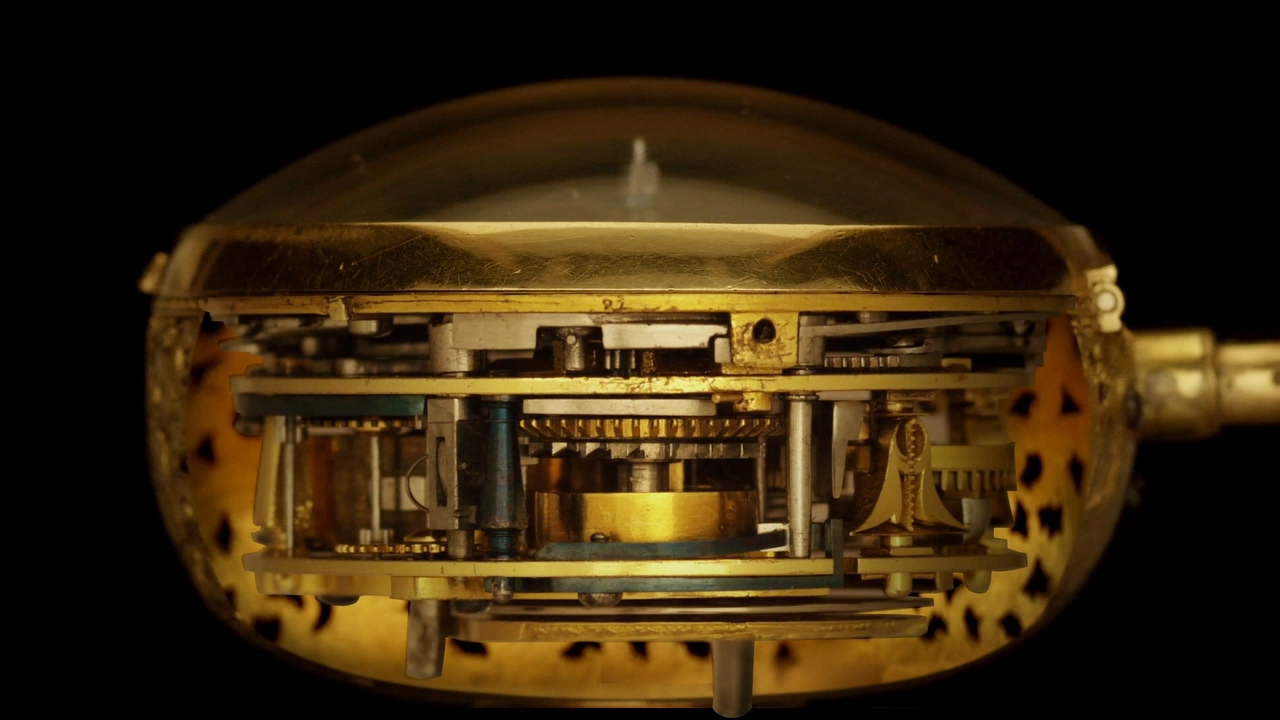
Tompion 144 – the repeating mechanism
Activated by pushing the pendant, a bell sounds the hours, then most recent quarter. The mechanism is a striking example of mechanical ingenuity.
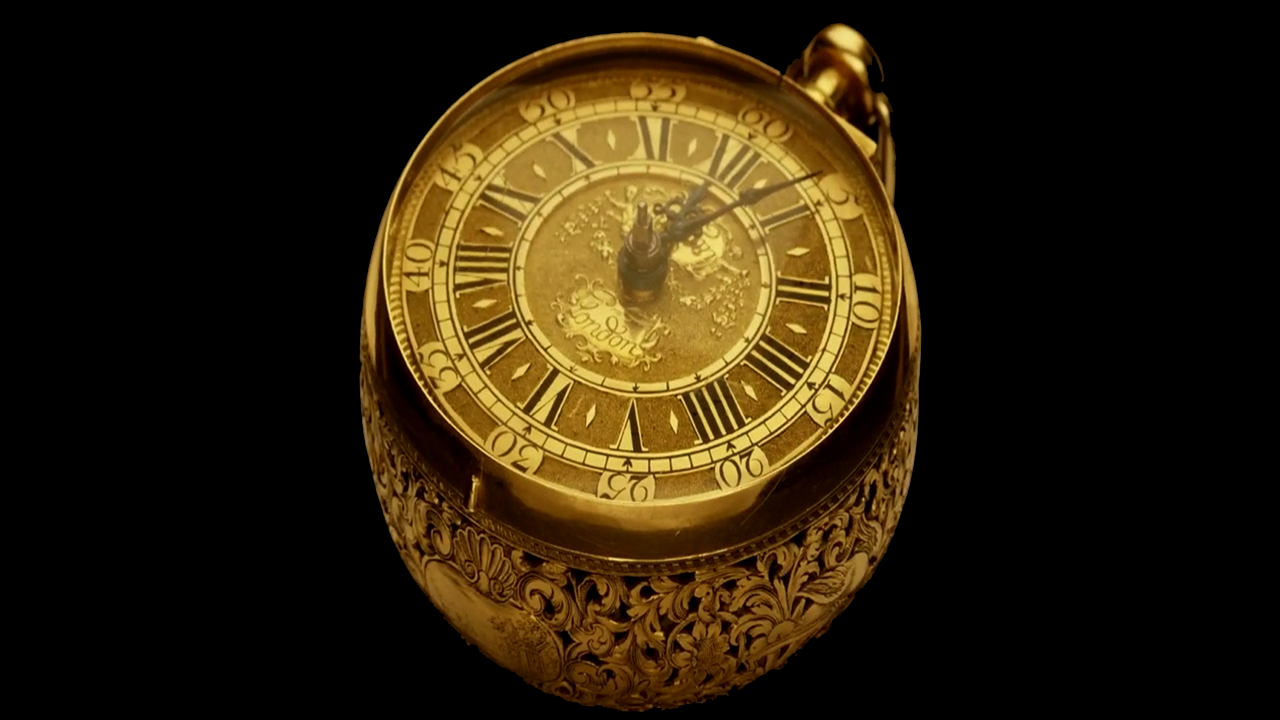
Tompion 144 – the case
The gold case is extensively pierced to allow the bell to be better heard. It is engraved with sumptuous interlocking swirls of foliage and birds, with landscape scenes.
Repeating watches
Before modern lighting it was difficult to tell the time in the dark. Clocks that could repeat the time by chiming on demand were introduced in the 1660s and repeating mechanisms small enough to fit into watches around 1680. When the repeating mechanism is activated, a bell sounds the time; first the hours, then the most recent quarter (¼, ½, ¾). At this date quarter repeating was deemed accurate enough for practical purposes.
In this watch Tompion uses a tiny hammer to strike an internal bell to signal the hours, together with a second hammer slightly offset from the first to give a double strike to sound each quarter.
Note:
The bow in the videos and picture 4 is not original and has since been replaced by a replica that closely resembles those that Tompion was known to use. The winding key is also a modern replica, mercury fire gilded to match the case.

